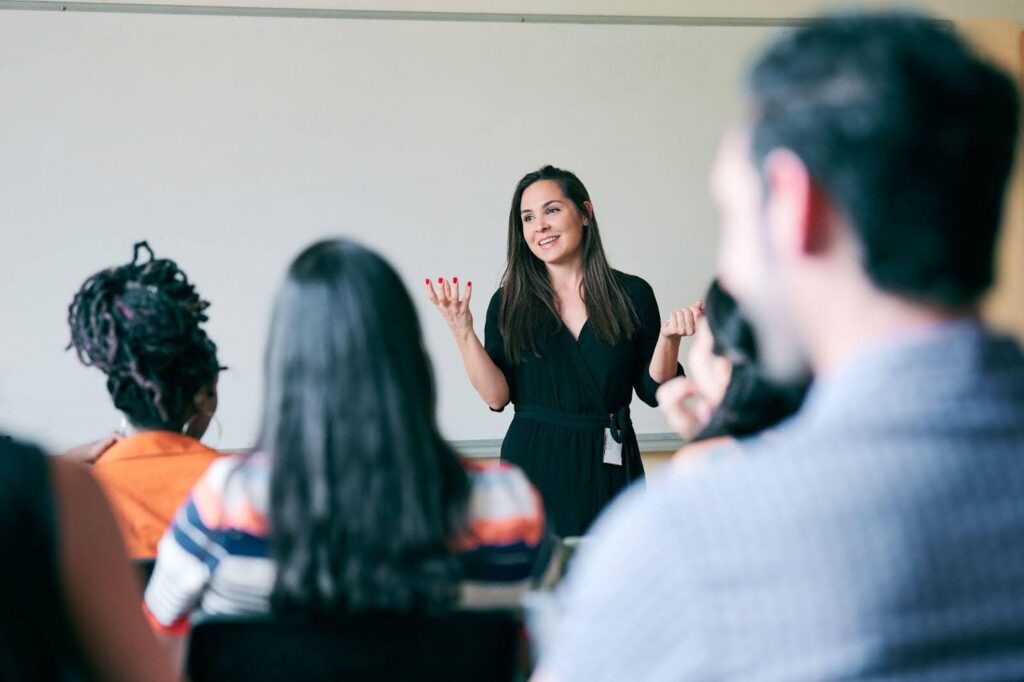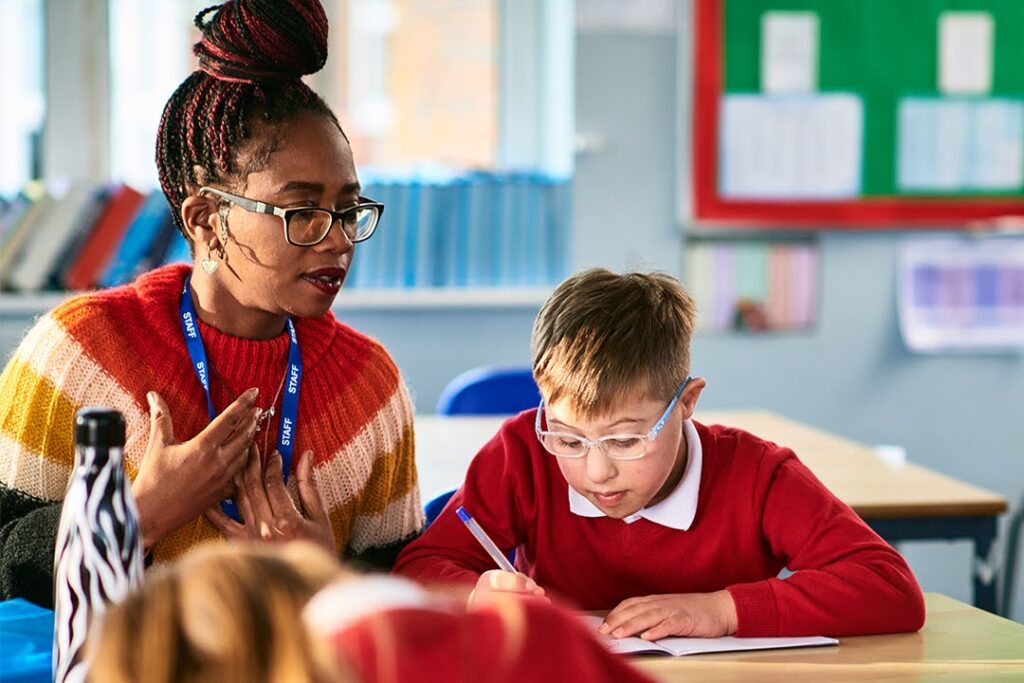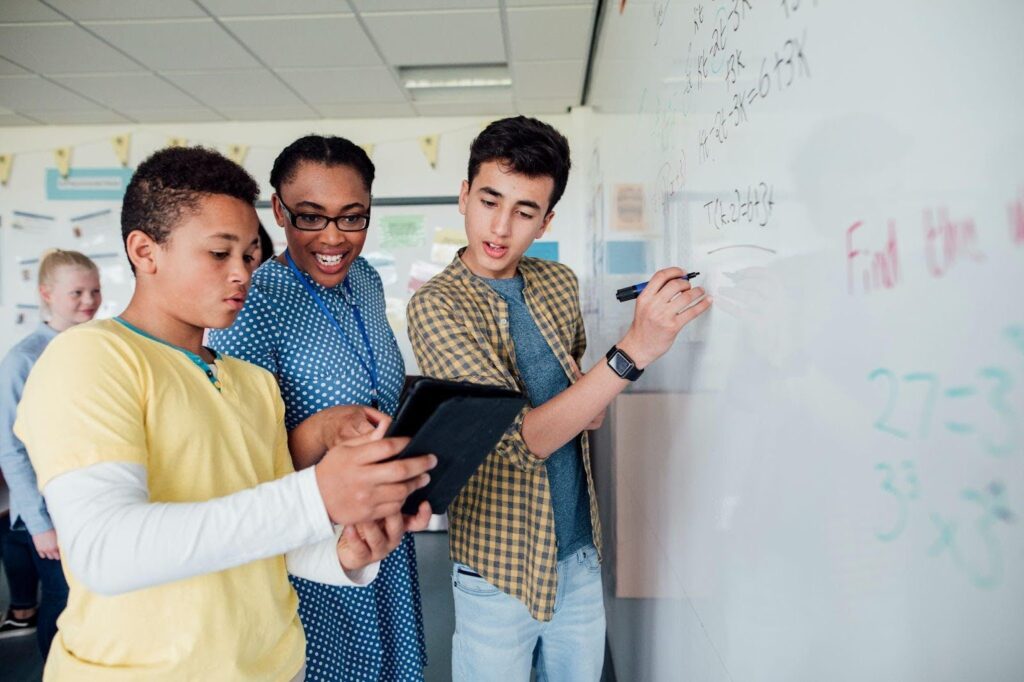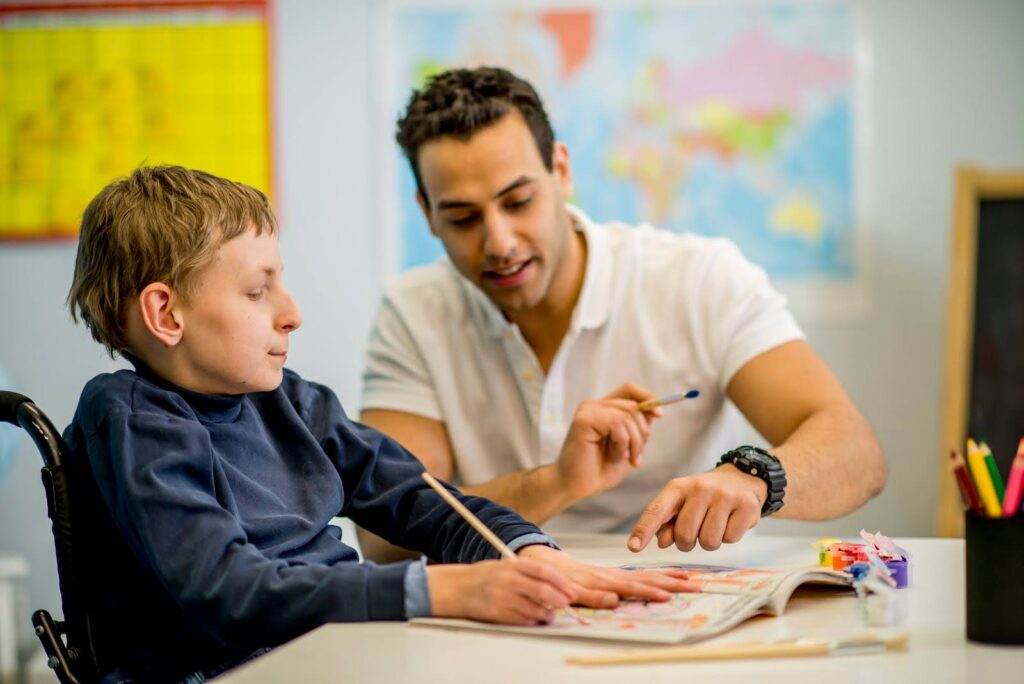Articles
Explore instructional design jobs for teachers and other leadership roles in education. Learn how Tulane’s online MEd helps you grow without leaving the field.
Learn about special education teacher salaries, factors that impact pay, and how Tulane’s online MEd can help boost your earning potential and advance your career.
Explore financial aid options for Tulane's online MEd, including scholarships, federal loans, tuition discounts, military benefits, and loan forgiveness programs.
Learn how educational policies shape teaching, learning, and equity and how Tulane's online Master of Education empowers educators to lead policy-driven change.
Discover how educational technology is revolutionizing classrooms and reshaping education, and learn how the Tulane MEd prepares educators to excel in the modern classroom.
Flexible scheduling means you can earn your online MEd on an accelerated timetable or at a less hurried pace. Most students complete the Tulane online MEd in two years.
Pursuing a master’s degree with a specialized focus in the Tulane online MEd program is a proven way to acquire the qualifications needed to reach your career goals.
Learn how a Master of Education can open career paths in education, from instructional design to leadership, boosting your salary and impact in the field.
A Master of Education degree can position you to impact learning outcomes as an education specialist. You can earn the degree online from Tulane University.








